
NASA and Lockheed Martin have finally taken the wraps off of the X-59, a “quiet supersonic” aircraft that may shape the future of both military and civilian air travel.
The X-59 has been under development at Lockheed Martin Skunk Works for years, following a $248 million grant from NASA in 2018.
NASA’s X-59 will help change the way we travel, bringing us closer together in much less time,” said Pam Melroy, NASA deputy administrator, in a press release.
“By demonstrating the possibility of quiet commercial supersonic travel over land, we seek to open new commercial markets for U.S. companies and benefit travelers around the world,” said NASA’s Bob Pearce.
Others than NASA and Lockheed are interested in this kind of flight, of course: Boom Supersonic is hard at work getting its own quiet supersonic test plane out there.
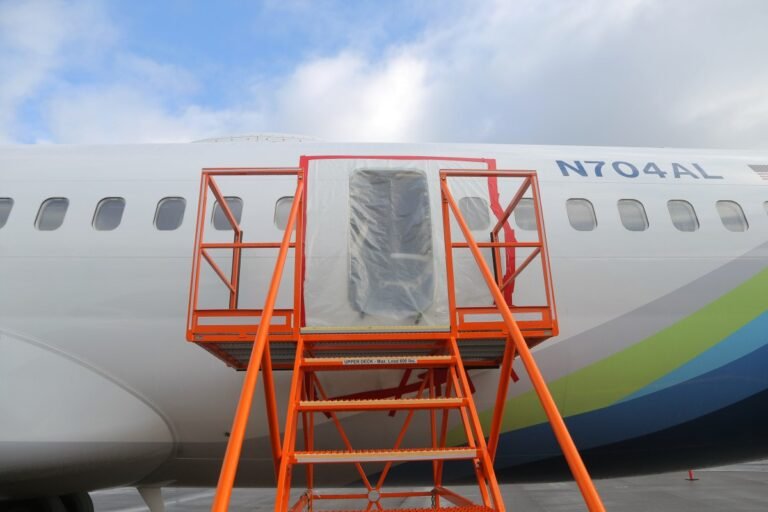
Alaska Airlines Flight 1282: How could iPhones survive a 16,000-foot drop?
Now the impact force will be large (just like hitting the floor) and the impact area is very small.
Air resistance limits the maximum speed, so it’s not necessarily going any faster falling from 18,000 feet than 1,000 feet,” Wiens explained.
The gravitational force pulls down and there is also an upwards pushing air resistance force.
This air resistance increases in magnitude as the phone moves faster through the air.
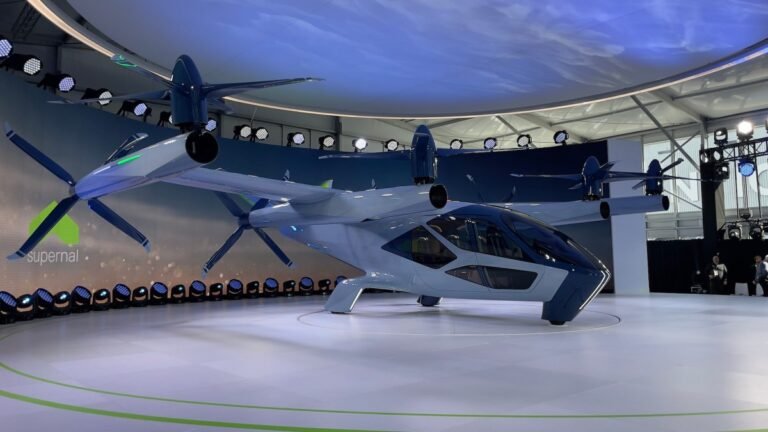
Supernal, the advanced air mobility company under Hyundai Motor Group, took the wraps off its latest iteration of an electric vertical takeoff and landing aircraft called the S-A2 that executives say is designed to shuttle passengers by 2028.
The S-A2 is essentially a more fully baked version of what it intends to launch commercially and confirms that, at least for now, Hyundai is still intent on getting into the yet-to-exist electric air taxi business.
Supernal has grown to a 600-person team and is also using technical and business capabilities of Hyundai Motor Group and aviation suppliers around the world as it works towards a commercial launch, according to Jaiwon Shin, Hyundai Motor Group president and CEO of Supernal.
The nuts and boltsThe aircraft shown Tuesday is a V-tail with a distributed electric propulsion architecture and eight all-tilting rotors.
The S-A2 is loaded with the kind of redundant components like the powertrain, flight controls and avionics — all of the safety critical systems required for commercial aviation.
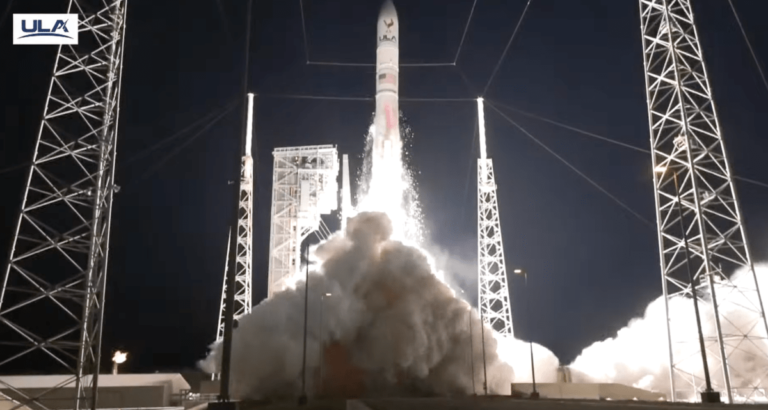
The company’s next-generation rocket Vulcan Centaur successfully lifted off in the early hours of Monday, and its primary payload, a lunar lander from Astrobotic, is now on its way to the moon.
The heavy-lift rocket took off from Cape Canaveral Space Force Center at 2:18 AM EST Monday.
The Centaur executed two more burns to get Astrobotic’s Peregrine lander on the correct trajectory to the moon.
With those complete, the lander, called Peregrine, will now embark on a one-and-a-half month journey to the moon.
The launch and subsequent journey to the moon are a watershed moment for both United Launch Alliance and Astrobotic.
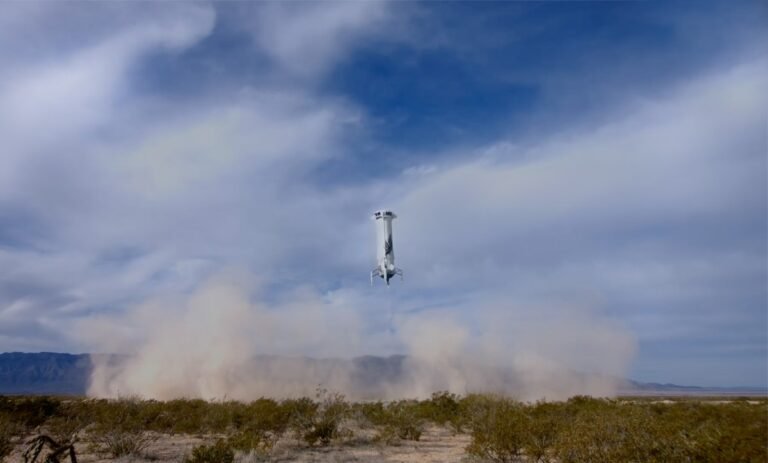
Blue Origin’s New Shepard is officially back in action, with the company today successfully launching the suborbital rocket for the first time in more than 15 months.
The rocket lifted off from Blue Origin’s launch site in West Texas at around 10:42 a.m. local time.
The mission successfully concluded after a period of 10 minutes, when the capsule safely returned to Earth after a brief suborbital flight.
This is the first time Blue Origin has launched New Shepard since September 2022, when an anomaly triggered an auto-abort mid-flight.
Blue flew New Shepard four times in 2022, including the failed launch.
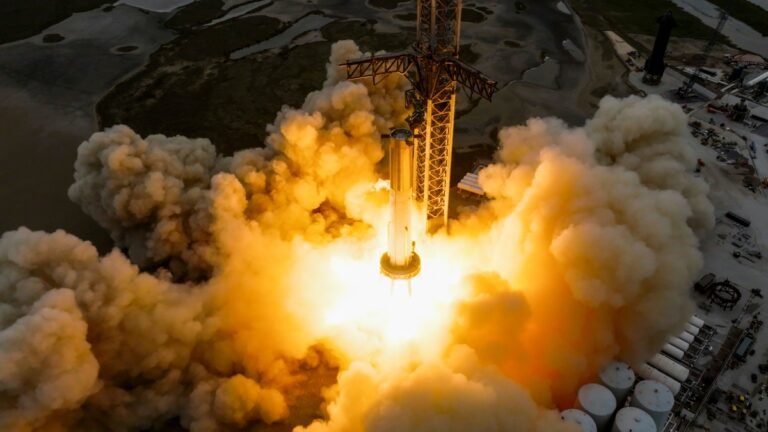
With the issuance of a launch license for SpaceX, the Starship orbital flight test could now take place as soon as Monday. This 150-minute test window would open at 7:00…

Hype over the first orbital flight test of Starship, SpaceX’s ultra-heavy launch system reached a crescendo this week as the U.S. Federal Aviation Administration (FAA) released an air traffic advisory…
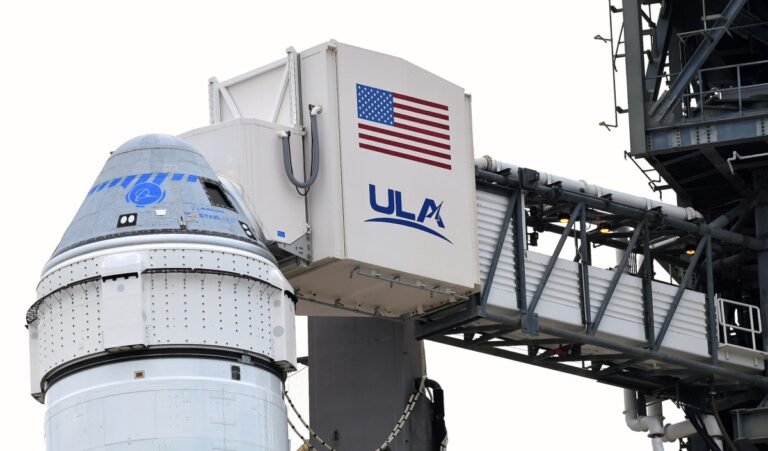
After years of delays, Boeing’s muchanticipated Starliner capsule is finally making progress – but it appears that the first crewed flight test may now be pushed back yet again. Officials…
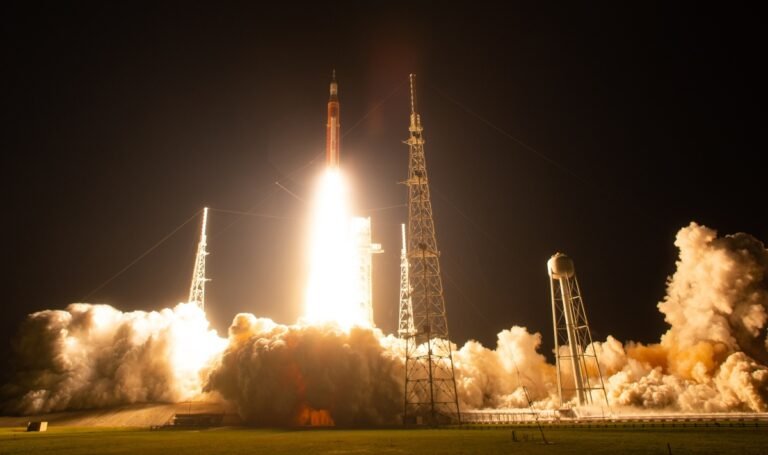
The Space Launch System’s first test was a major success, and NASA is confident that the rocket and Orion capsule are ready for their next mission: Artemis II, which will…












